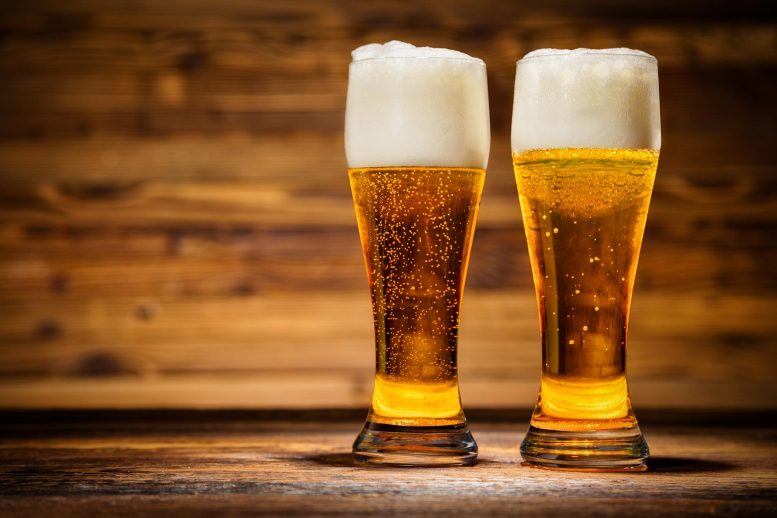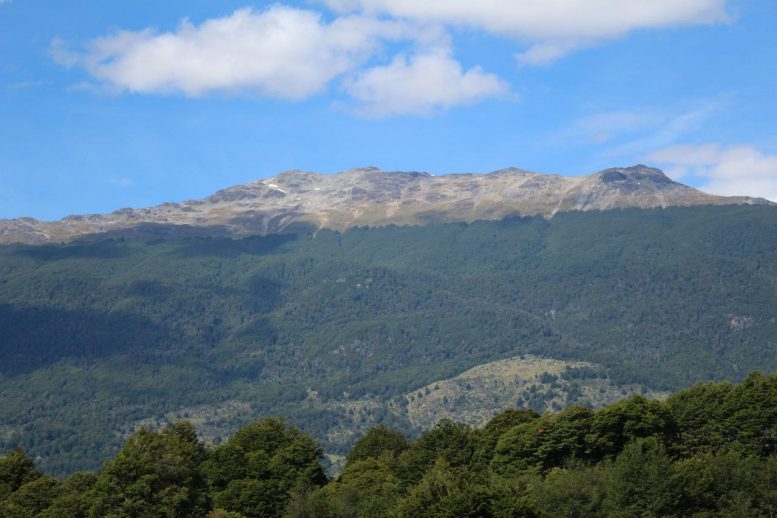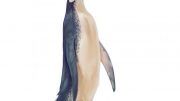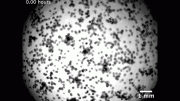
Researchers at the Universidad de Santiago de Chile have developed new lager yeast strains by combining wild yeast from Patagonia with traditional brewer’s yeast. This method produced strains with distinct aromas and increased alcohol output, leveraging genetic diversity to potentially expand lager flavor profiles.
Hybrids of wild Patagonian strains and traditional brewer’s yeast had mutations that enhanced alcohol production.
Researchers Jennifer Molinet and Francisco Cubillos from the Universidad de Santiago de Chile have developed new yeast strains for lager beer production by combining wild yeast from Patagonia with traditional brewer’s yeast. Published in the journal PLOS Genetics on June 20, their study reveals that these hybrid yeasts can introduce unique flavors and aromas to lager beers.
Lagers, which represent more than 90% of the global beer market, are typically brewed at low temperatures. The range of flavors and aromas in lagers has been traditionally limited due to the minimal genetic diversity of the yeasts used. Currently, the industry relies on only two types of yeast, both of which are hybrids of the common brewer’s yeast (Saccharomyces cerevisiae) and a wild strain adapted to cold environments (Saccharomyces eubayanus).

Yeast from the Patagonia Mountains. Credit: Francisco Cubillos, (CC-BY 4.0)
Enhancing Lager With Hybrid Yeasts
In the new study, researchers created new types of lager yeasts in the lab by hybridizing brewer’s yeast with natural isolates of wild S. eubayanus from Patagonia at low temperatures. They grew the resulting hybrids in ways to encourage their fermentation qualities. Further analysis showed that the strains had mutations in genes that enhanced their ability to metabolize certain types of sugars, which resulted in unique aroma profiles and high alcohol production. The researchers said the success of the new strains could be traced back, in part, to the fact that they inherited their mitochondria – the organelle that powers the cell – from the cold-tolerant wild strains, not the brewer’s yeast.
Overall, the new findings show that the genetic diversity found in wild yeast strains can be tapped to develop new lager yeasts that are suitable for industrial production. The study’s authors encourage others to explore wild yeasts as a way to expand the range of currently available beer styles.
Future Prospects
The authors add: Our study takes advantage of the great genetic diversity of wild Patagonian yeast to create novel hybrid strains of lager beer with enhanced fermentation capacity and unique aroma profiles. Through interspecific hybridization, experimental evolution, and the identification of fermentation-associated genetic changes, we expand the repertoire of industrial yeast available for lager brewing.
Reference: “Wild Patagonian yeast improve the evolutionary potential of novel interspecific hybrid strains for lager brewing” by Jennifer Molinet, Juan P. Navarrete, Carlos A. Villarroel, Pablo Villarreal, Felipe I. Sandoval, Roberto F. Nespolo, Rike Stelkens and Francisco A. Cubillos, 20 June 2024, PLOS Genetics.
DOI: 10.1371/journal.pgen.1011154
This research was funded by Agencia Nacional de Investigación y Desarrollo (ANID) FONDECYT program and ANID-Programa Iniciativa Científica Milenio – ICN17_022 and NCN2021_050. FAC is supported by FONDECYT grant N° 1220026, JM by FONDECYT POSTDOCTORADO grant N° 3200545 and PV by ANID FONDECYT POSTDOCTORADO grant N° 3200575. CAV is supported by FONDECYT INICIACIÓN grant N° 11230724. RFN is supported by FONDECYT grant N° 1221073. RS and JM’s work is supported by the Swedish Research Council (2022-03427) and the Knut and Alice Wallenberg Foundation (2017.0163). FIS, JM, and PV received a salary from FONDECYT grant N° 1220026, FONDECYT POSTDOCTORADO grants N° 3200545 and N° 3200575, respectively.









I wonder if this can be applied to top fermenting ale yeasts, which nearly all home brewers use.